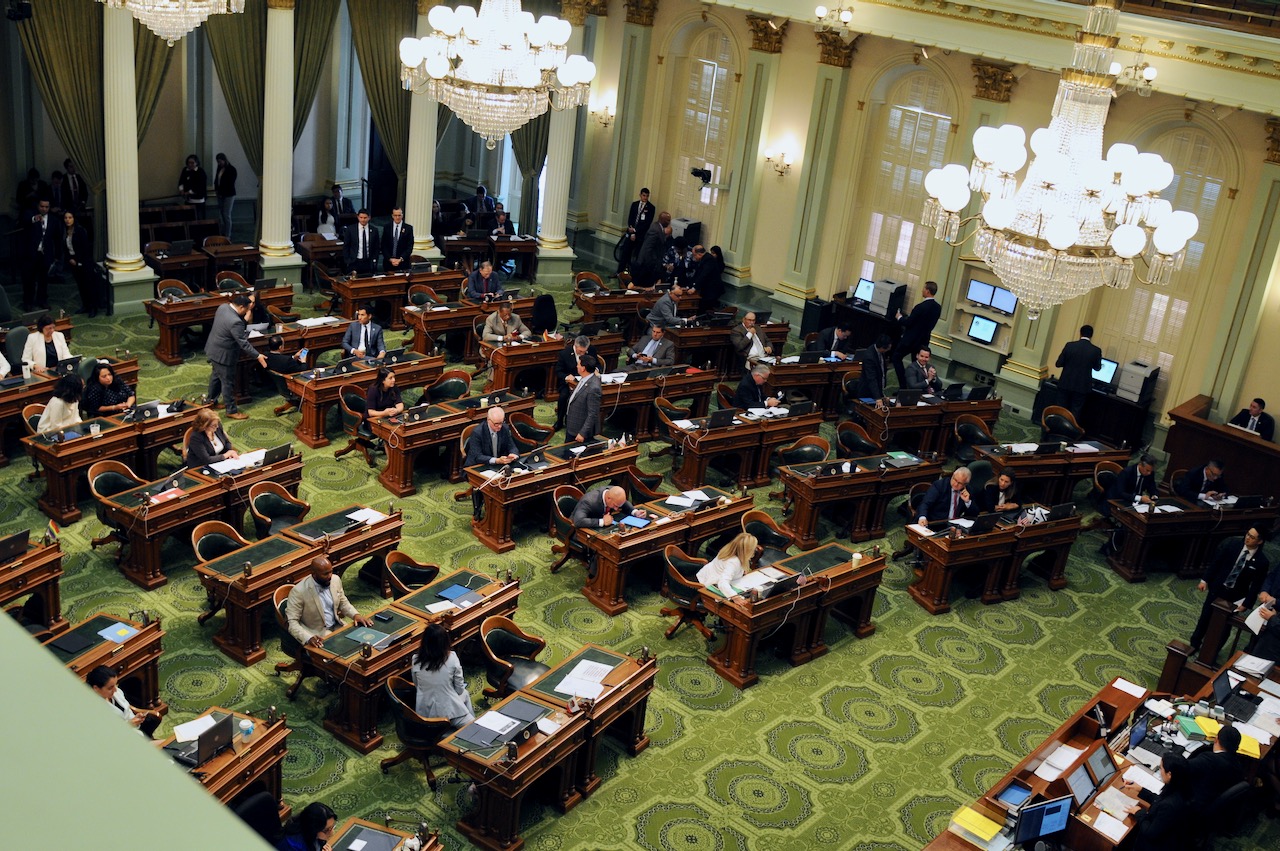
Journals of the California Legislature. (Photo: Wikipedia)
What Are ‘Notwithstanding Clauses’ in California Legislation?
This phrase is commonly used in both federal and state legislation
By Chris Micheli, December 3, 2021 4:29 pm
A common occurrence in California legislation is a bill that contains in the text of the measure the phrase, “notwithstanding any other provision of law…” or something similar. What does this phrase mean? And why would this phrase be used in a bill? Of course, this phrase is also used in contracts and other legal documents, but our purpose is to discuss its use in the context of state legislation.
First, what form can this phrase take? Readers of California bills will see language such as the following:
Notwithstanding any other law…
Notwithstanding any other provision of law…
Notwithstanding any provision of this section…
Notwithstanding any contrary provision…
Notwithstanding any other state law…
Notwithstanding section …
Second, what is the purpose of this phrase? The general definition of “notwithstanding” is “in spite of the fact that….” Basically, the phrase is used to say, “in spite of any other laws that may be contrary or written elsewhere, this new section of law takes precedence over those.” In other words, the phrase “notwithstanding any other law, etc.” is legal language that states what follows this introductory clause supersedes any other law(s) that might contradict it.
As readers might expect, this phrase raises a legal question whether it really means that no other provisions of law apply. This phrase is commonly used in both federal and state legislation. So, its use is not unique to California. Hundreds of bills in the U.S. Congress and the California Legislature in each two-year sessions utilize this phrase.
How do the court interpret this provision? To be fair, federal and state courts sometimes accept it and sometimes they do not. As readers might expect, it really depends on the context in which the phrase is used. Some courts have interpreted the phrase narrowly to only conflicting laws, while other courts have interpreted the phrase broadly to supersede all other laws. Like other matters of statutory interpretation, the courts may look to the surrounding statutes and the intent of the legislative body.
The United State Supreme Court in Cisneros v. Alpine Ridge Group (1993) 508 U.S. 10, at 18, stated, “The use of …. a ‘notwithstanding’ clause … signals the drafter’s intention that the provisions of the ‘notwithstanding’ section override conflicting provisions of any other section.”
Why is this phrase used? Bill drafters could either use the broad phrase (see the first five examples from California bills listed above) or reference a specific code section (see the last example from a California bill listed above) in the phrase. The specific section reference is to supersede that specific code section.
With the broader use of the phrase, it could be used for several reasons. For example, there are just too many other code section references to specify. Or, it may be too difficult or time consuming to list every reference, so the broad, all-encompassing language is used. A bill drafter also may not want to miss any potential conflicting provisions of existing law and so this broad phrase is used to ensure that they capture all other potential provisions of law that might be applicable.
At the same time, bill drafters need to be careful that use of the broad phrase does not inadvertently exclude application of another statute that should, in fact, apply in particular circumstances. As such, when drafting statutes that contain “notwithstanding any other provision of law” or similar language, be careful that such a broad outcome is desired.
- Frequently Asked Questions about When Elected Officials Take Office - April 25, 2024
- Frequently Asked Questions About Ethics Training for Local Agencies - April 24, 2024
- Frequently Asked Questions about Privileges of Voters in California - April 23, 2024





So it’s basically legalese boilerplate/CYA language that allows bad legislation to be crafted by lazy legislators who want the wiggle room and the court system to figure it out on a case by case basis???